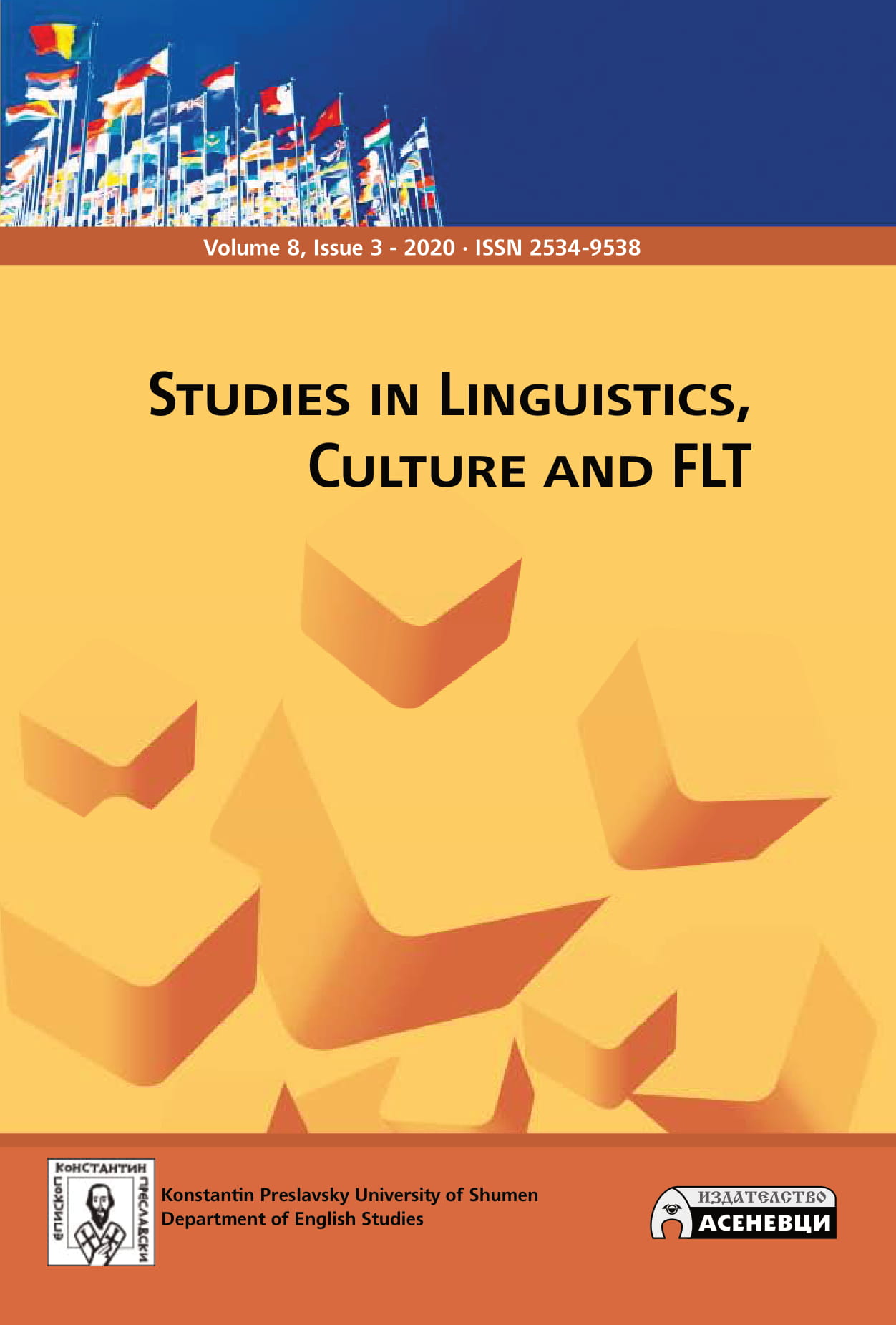
We kindly inform you that, as long as the subject affiliation of our 300.000+ articles is in progress, you might get unsufficient or no results on your third level or second level search. In this case, please broaden your search criteria.

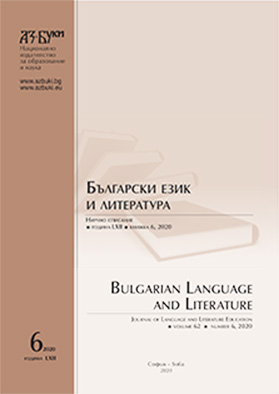
In the introductory part of the article the author analyzes phraseological units with toponymic and ethnonymic components, explicitly connected with a specific historical event, which is part of consciousness of a certain society established as a negative experience. The second part focuses on chosen phraseological units in Slavic languages containing onymic components in their structure that have the character of an a semantic linguistic sign, do not significantly contribute to the emotiveness and imagery of the unit, i. e. they do not influence its phraseological character to a large extent. Lastly, the author deals with the process of phraseologization and motivation of the Slovak phraseme byť (bývať) v Tramtárii (tramtárii) having its origin in mythology or, more specifically, fairy-tales, and its Bulgarian equivalent “гори Тилилейски (тилилейски)”.
More...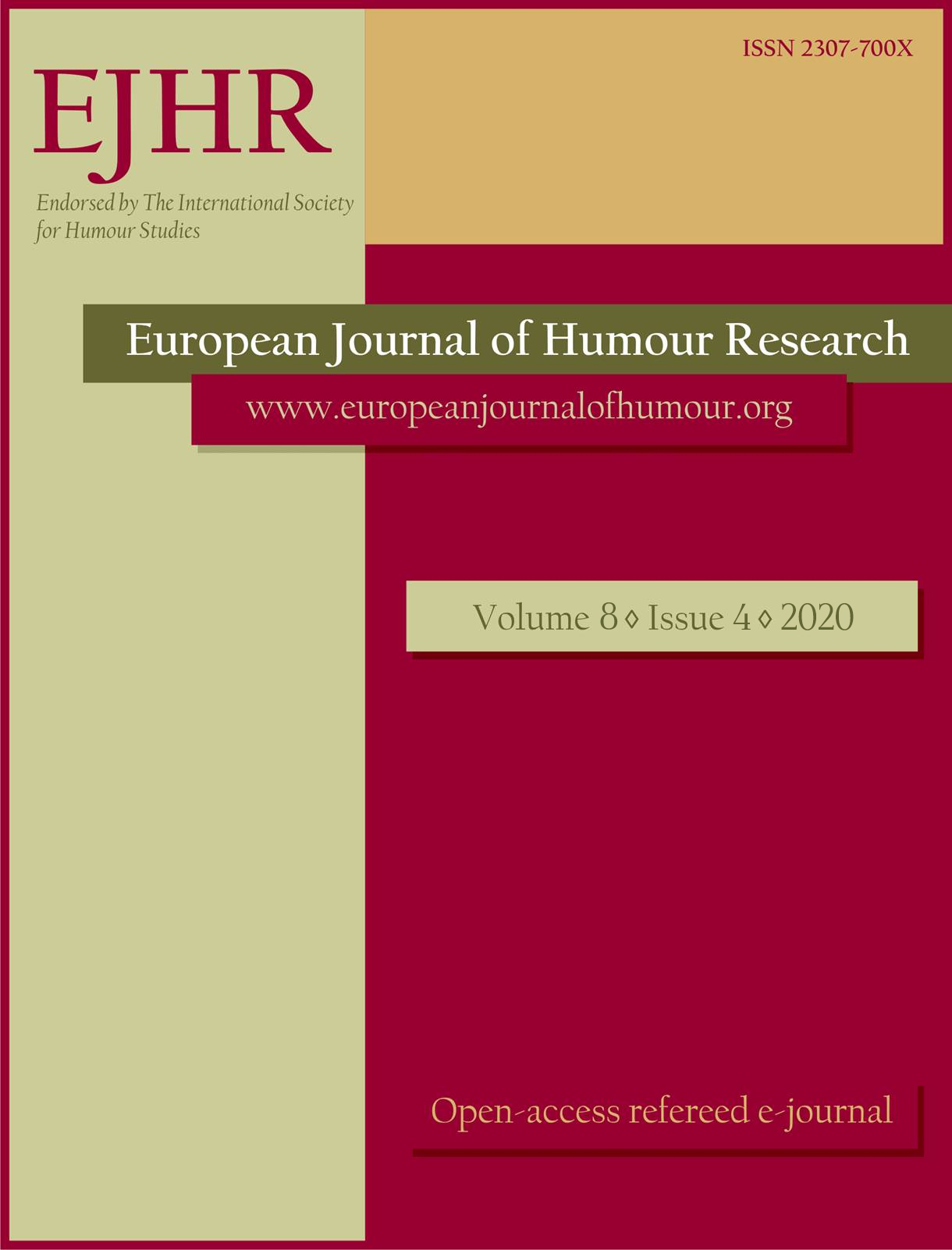
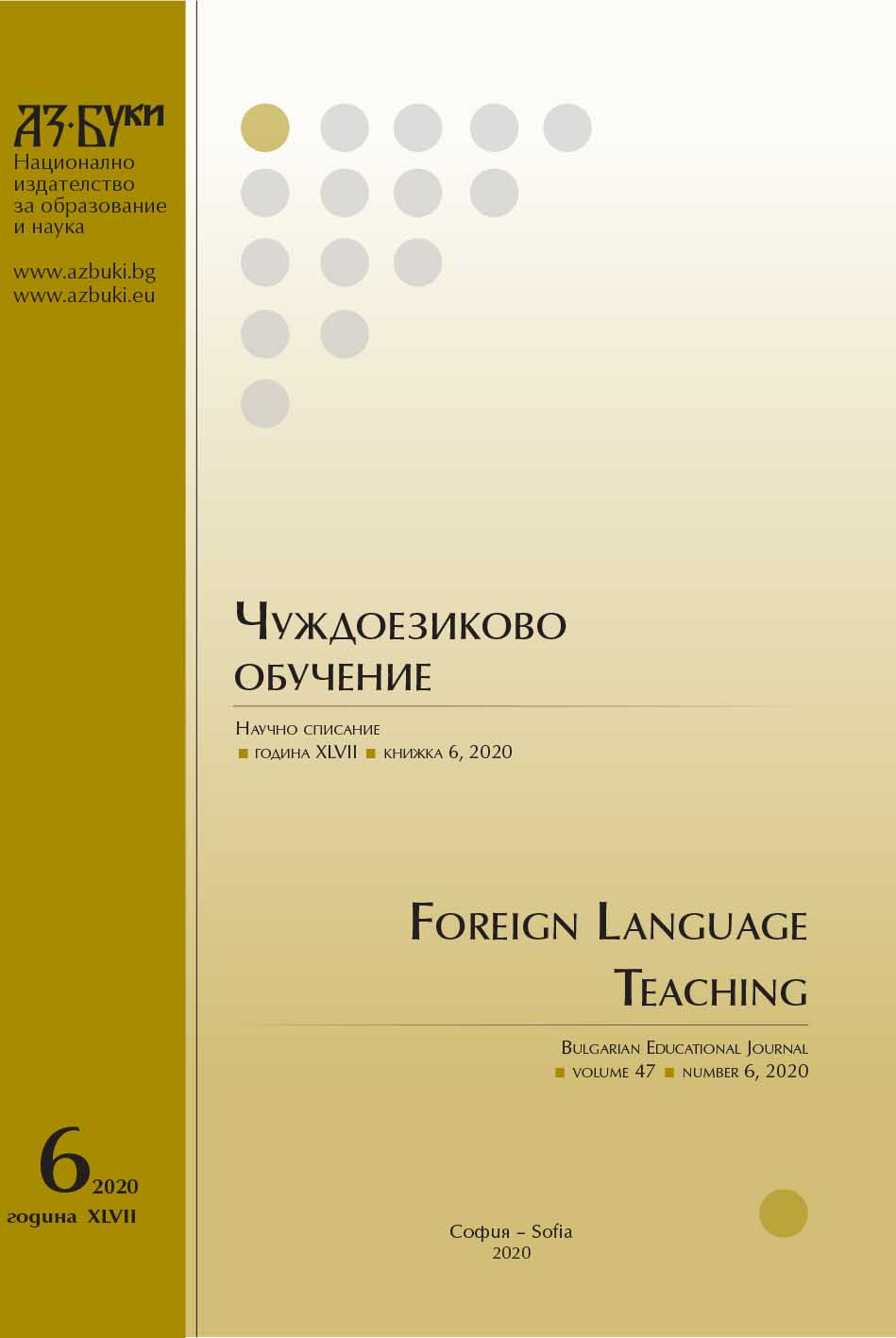
Knowledge of the norm is not a claim, but a fundamental communicative intention of the linguistic personality. Our ability to express ourselves and to be understood, to understand others as they express themselves is a function of language proficiency and its norms and stays as a proof of this. The culture of our linguistic consciousness means mastering literary norms. Definitiveness is a grammatical phenomenon that requires a profound and categorical analysis which to become a methodology of linguistic consciousness. The science of language should here most of all answer the question “why?” Answers to the questions “what” and “how” we are using noun determiner are not sufficient for the linguistic personality
More...
In Bulgarian a specific type of indefinite pronouns (formed with ЕДИ-) has been observed. Their role is not only to substitute the original information in the reported speech, but also to reduce it and make it “unspecific”. In Russian the same role is undertaken by the demonstrative pronouns of the type такой-то, тот-то, тогда-то. Very often these pronouns are semantically ambiguous. The current paper presents a contrastive corpus study of Bulgarian and Russian forms of the pronouns in question. The Bulgarian-Russian equivalents are described in their nominal, adjectival and adverbial usages. The similarities and differences are outlined in the structure of the “unspecifying” nominal phrases, in the position of the elements as well as in their functions
More...
The article considers the genesis of the phenomenon of “philological novel” in Russian literature and the current state of the issue. The vectors of the development of the philological novel in Russian prose of the 21st century are identified. The interpretation of the novels “Roman s yazykom” and “Brisbane” in the context of the diffusion of literary theory into a literary text is given.
More...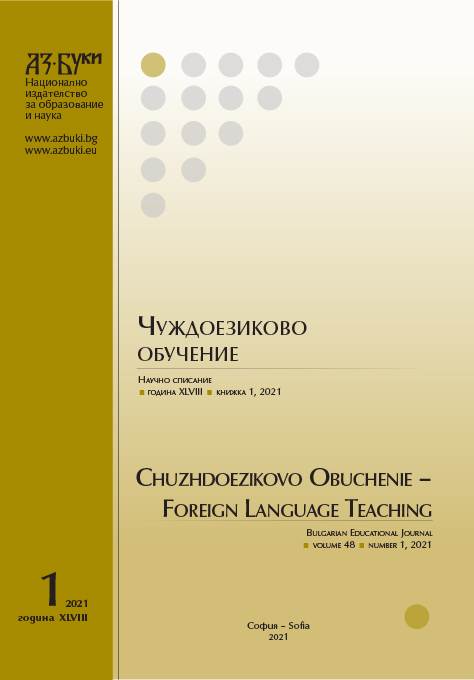
The first part of the article is focused on theoretical side of the process of idiom creation and on defining terms word motivation and idiom motivation. In the second part of the article the concept water is analyzed within the Slavic linguistic area from the aspect of imagery, mythology and ethnolinguistics. Special attention is paid to the motivation of creation and cultural-idiomatic information carried by non-verbal idioms with the structure of determinative syntagma, which contain the component water. Based on the analysis of the idioms, whose constant structural element is in addition to the noun water an attribute, it is pointed out that in several of them the function of the attribute is crucial, because the connotational-pragmatic constituent of an idiom binds precisely to that attribute, as for example in the case of жива вода or тиха вода units.
More...
This paper seeks to answer the question whether the great wealth of Icelandic literature in the sagas and the Eddas of the 12th – 13th c. is accessible to modern Icelanders without special linguistic training and hence whether it is possible for a language to remain almost intact and impervious to changes for more than 7 centuries. The paper provides an ad hoc contrastive analysis of the main nominal and verbal grammatical categories in Modern Icelandic and Old Icelandic, while focusing on their morphological properties, and describes and discusses the similarities and differences ensuing from the analysis.
More...
The article presents results of studying how the labor market participants formulate the perspectives and expectations about the contents of metasubject competencies. The research was carried out in 2019-2020 by the Project Management Laboratory of the Moscow City University and was based on the methodology of the activity approach and qualitative research, using the methods of in-depth interviews and content analysis. Metasubject competencies were considered as a set of purposeful actions expressed in the speech of respondents by verbs (actions) and propositional phrases (goals/subjects). A six-step content analysis of data obtained during an in-depth interview shows that the expectations and perspectives of various categories of labor market participants about the contents of meta-subject competencies can be described by nine enlarged sets of goal-oriented actions denoted by verbs: 1) to adapt, 2) to interact, 3) to speak and write, 4) to achieve, 5) to compete, 6) to present, 7) to design, 8) to manage, 9) to learn. Within each set were defined verbal descriptions of actions, decomposed by adding a goal/object to each action. The results of the study allowed us to identify and present a verb-target model for describing the content of “metasubject competencies” at the conceptual level. At the practical level, the description of the content of metasubject competencies in the form of a verb (action) and propositional phrase (goal/subject of action) allowed us to show them as cross-cutting structural components of educational programs in the education system.
More...
The aim of the article is to investigate the effect of vocabulary items that are difficult in reception on comprehension and evaluation of the whole literary text by children. Apart from focusing on ambiguous lexis complicating reception, the paper reflects upon the benefits of investigating such vocabulary in terms of translator education at the graduate level. The analysis was made on the basis of the Polish translation of the poem Мороз и морозец by S.V. Mikhalkov translated by L. Lewin. In order to compare the relationship between the text’s reception and the density of ambiguous vocabulary the author confronts the reactions of actual readers to the two translations – Lewin’s and her own. While the former is dense in ambiguous items, the latter is, on purpose, lexically simple. The participants of the study, children, were asked questions and involved in a discussion focusing on meanings of selected words and their impressions from the reception of the two translations. The interview led to conclusions on the influence of potentially ambiguous vocabulary on the actual reception of the whole text.
More...
The article is devoted to the preservation of survival (vitality) of the Russian language through the prism of translational literature, which is created by ethnically non-Russian authors. The author of the article is trying to prove that the survival of the Russian language depends not only on territorial and demographic factors, but also on translingual (Russian-language literature). In the fiction of Russian-speaking authors, the Russian language is a translator of a worldview that is not inherent in native speakers of the Russian language and culture.
More...
The object of the research is one of the first two modern Bulgarian textbooks on letter writing – „Pismennik obshtepolezen“ („A Letter Writing Handbook of General Use“), 1835, by the prominent Revival pedagogue Hristaki Pavlovich. The book on letters is presented in the context of the cultural and historical situation in the second quarter of the 19th century, and from the point of view of the changes in the Bulgarian school, where new teaching methods and “modern sciences” were introduced. The article analyzes the theoretical part of „Pismennik obshtepolezen“, which contains instructions and rules for writing letters, and groups the types of letters and their components. Based on some statements by the author, conclusions are drawn about his views on ethical, social and pedagogical issues.
More...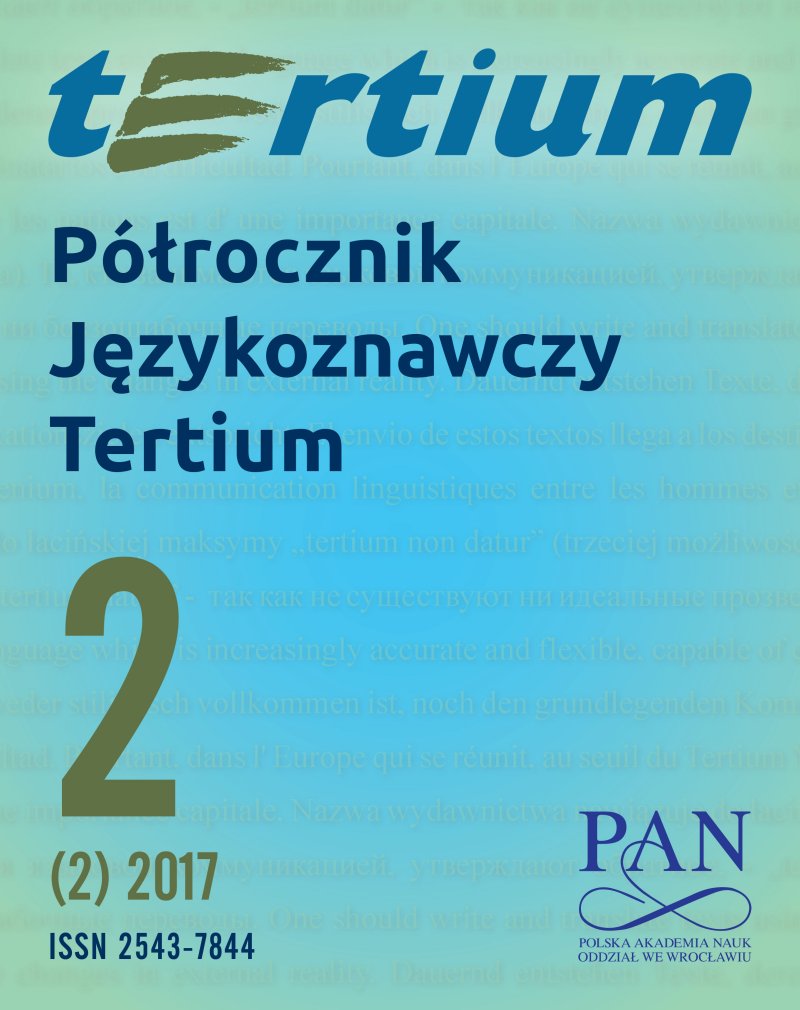
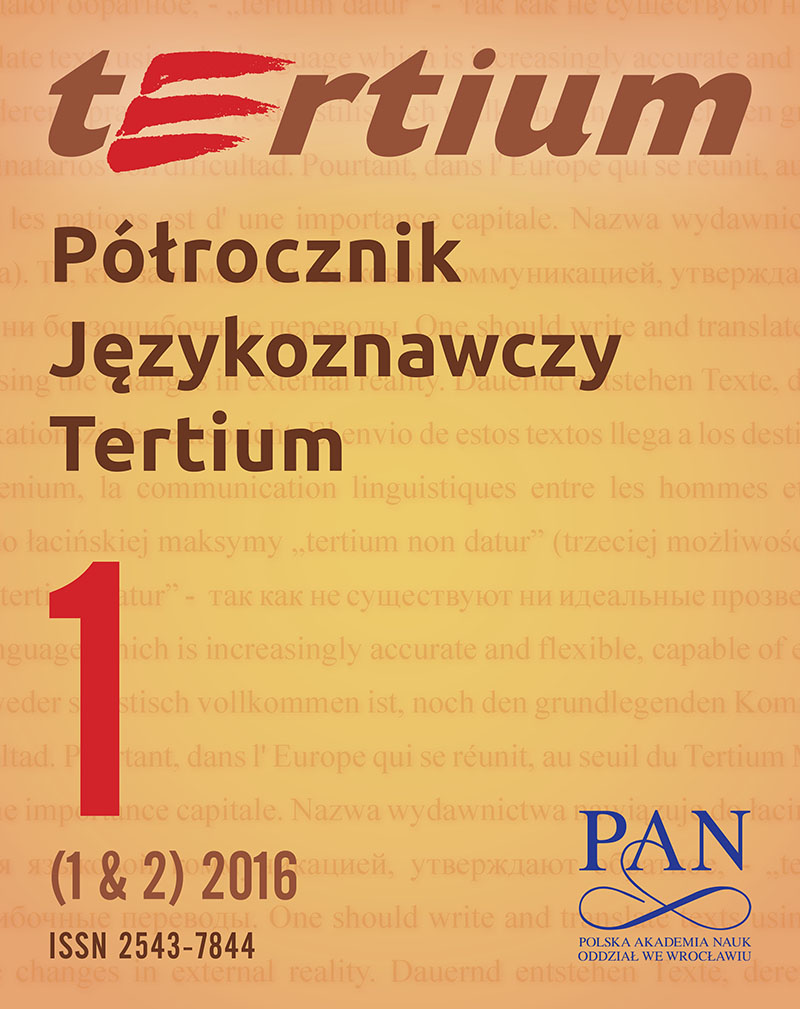

Artykuł podejmuje problem nieprzekładalności jako wypadkowej działania łączących się ze sobą w rozmaitych proporcjach trzech podstawowych czynników budujących przekaz przekładanego komunikatu: myśli zrodzonej w umyśle, kultury stanowiącej tło ludzkiego myślenia oraz języka jako narzędzia ekspresji. Jako ilustracja służą cztery przykłady komunikatów; w trzech pierwszych warstwie werbalnej (tekstowej) towarzyszy kontekst w postaci rysunku; w ostatnim kontekst przywoływany jest za pomocą struktury gramatycznej. Opisując mechanizmy interpretacji komunikatu w towarzyszącym mu kontekście, autorka odwołuje się do teorii przestrzeni mentalnych, stworzonej przez Fauconniera (1985). // The paper addresses the issue of untranslatability as the resultant of three basic factors, which constitute the content of a translated message and which are interconnected in various proportions: thought originating in the mind, culture as the background for human thinking, and language as a tool for expression. The illustrative material is constituted by four messages: the verbal (textual) layer of the first three is accompanied by the context in the form of a drawing, while the context in the last message is evoked by means of a grammatical structure. In describing the message interpretation mechanisms in the context provided, the author avails of the theory of mental spaces by Fauconnier (1985).
More...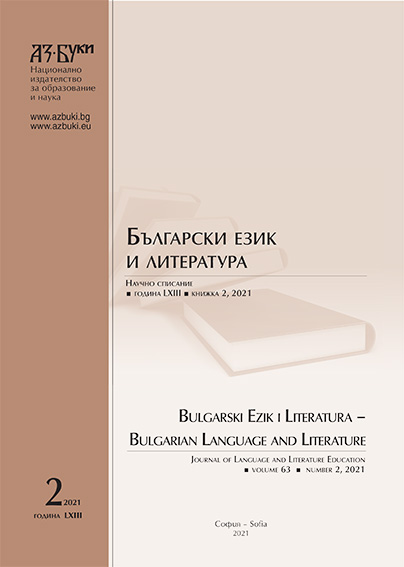
The article presents a lesson, related to the acquisition and application of knowledge in Bulgarian language, Information technology and Economics. The aim is to learn students how to use these skills in practice for their professional realization in life.
More...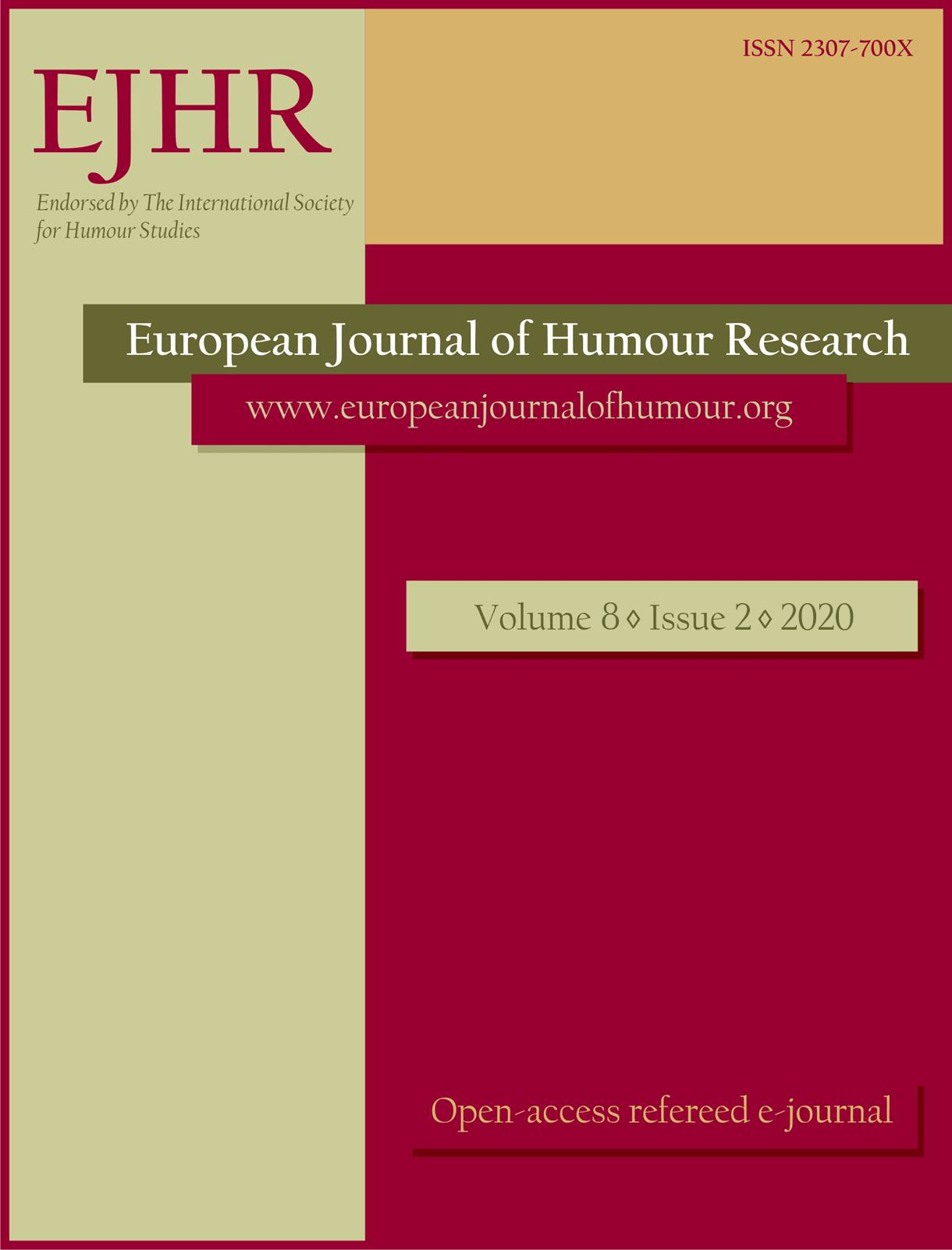
Failed humour in conversational exchanges has received increasing attention in humour research (see Bell 2015; Bell & Attardo 2010). However, tensions between what constitutes successful and failed humour have yet to be fully explored outside conversational humour. Drawing on Hay’s (2001) classification of humour stages and using a socio-cognitive approach to pragmatics to examine responses from Spanish L1 and L2 users to differing combinations of structural and content features in cartoons, the present study aims to explore what factors contribute to successful and failed responses to multimodal humour. Previous research has predominantly investigated the role of caricature as one of the prototypical features of cartoons affecting humour communication, suggesting that this feature plays an active role in the recognition of the humoristic genre (Padilla & Gironzetti 2012). Findings from the present study indicate that caricature operates not only in the recognition, but also in the understanding and appreciation stages. In particular, our results point to two other roles of caricature as a secondary incongruity and as a factor that can trigger appreciation through empathy and/or a sense of superiority. Importantly, this investigation indicates that the presence of secondary incongruities can compensate for a partial lack of understanding, highlighting the relevance that this type of incongruity has in humour appreciation.
More...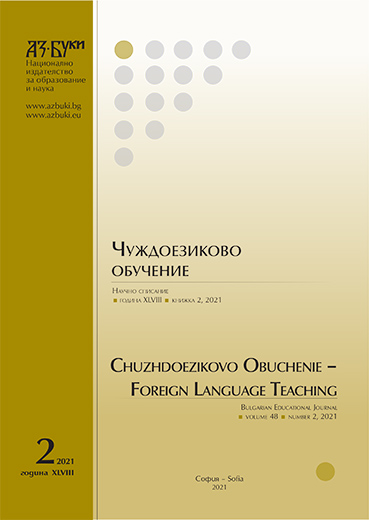
The present study aims to test students’ motivation in foreign language classes. The survey also aims to gather information which area of learning English or Spanish contemporary students consider most difficult to acquire – reading, writing, listening, speaking, grammar, vocabulary, and why they have decided to learn the relevant foreign language.
More...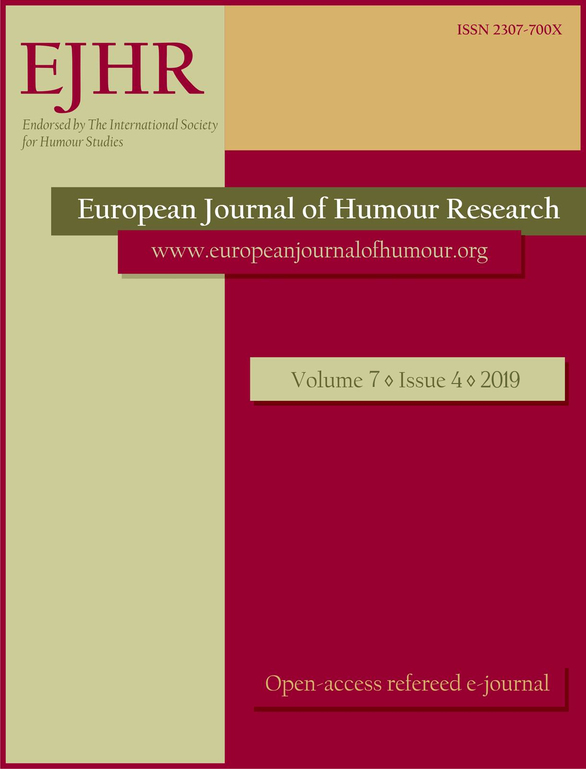
This paper analyzes English and Serbian question-and-answer jokes using the cognitive linguistic theoretical framework of conceptual blending, which relies on mental spaces as cognitive packets of information used to interpret the world around us and within us. The analysis is used to illustrate how culture influences humour: specifically, how the Anglo-American culture, the dominant and best-known foreign culture in Serbia, is used as a basis of jokes in English as well as in Serbian. It is shown that the jokes in English can work on a non-English-speaking Serbian recipient culturally, but only if not impeded by linguistic obstacles, such as untranslatable puns. The selected Serbian jokes illustrate intercultural merging, as they use elements from both Anglophone and Serbian pop cultures to create humour that is difficult to transfer back to Anglophone audiences, but now due to linguistic as well as cultural transfer issues. These issues revolve around humour translation, which is made difficult by linguistic aspects, cultural aspects, or both. Conceptual blending and the mental spaces involved provide a useful tool for adapting cultural/linguistic barriers to obtain more or less workable joke translations.
More...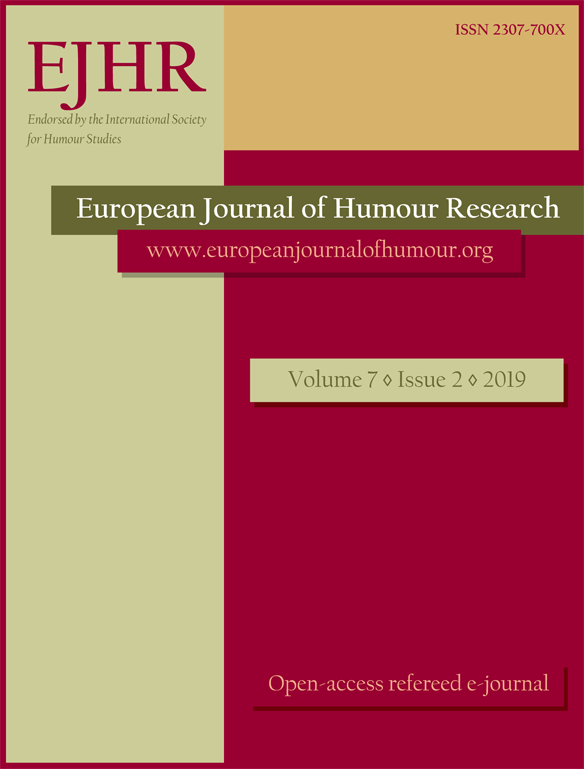
The context for the paper is the inclusion of a 64-year old cartoon in the Political Sciencetextbook that caused an uproar in the Indian parliament in 2012. The controversy drawsattention to the two-facedness of any political cartoon which is an artistic representation of ahistorical event. It is, hence, ambivalent by being an expression of artistic freedom as well asa humorous comment on history where the axis of representation intersects the axis of history.The representation of the Dalit icon, Ambedkar, was objectionable to the political partyespousing the Dalit cause which, through its leader, Tirumavalavan, raised the issue inparliament. The paper posits that the reaction was an event that was hitherto dormant andthat it erupted on account of elements that fed its potential for virality in the environment,thereby, turning it into a fact. To this end, the paper revives interest in the imitation theory ofthe French sociologist, Gabriel Tarde, who, incidentally, was an intellectual influence onAmbedkar. Moreover, it employs Zeno Vendler’s distinction between an “event” and a “fact”,the Deleuzian idea of “assemblage,” and the idea of “conceptual metaphor” as laid out byLakoff and Johnson. The paper reads the vicissitudes of the cartoon in order to theorize theelements that cause virality in a communicative environment.
More...